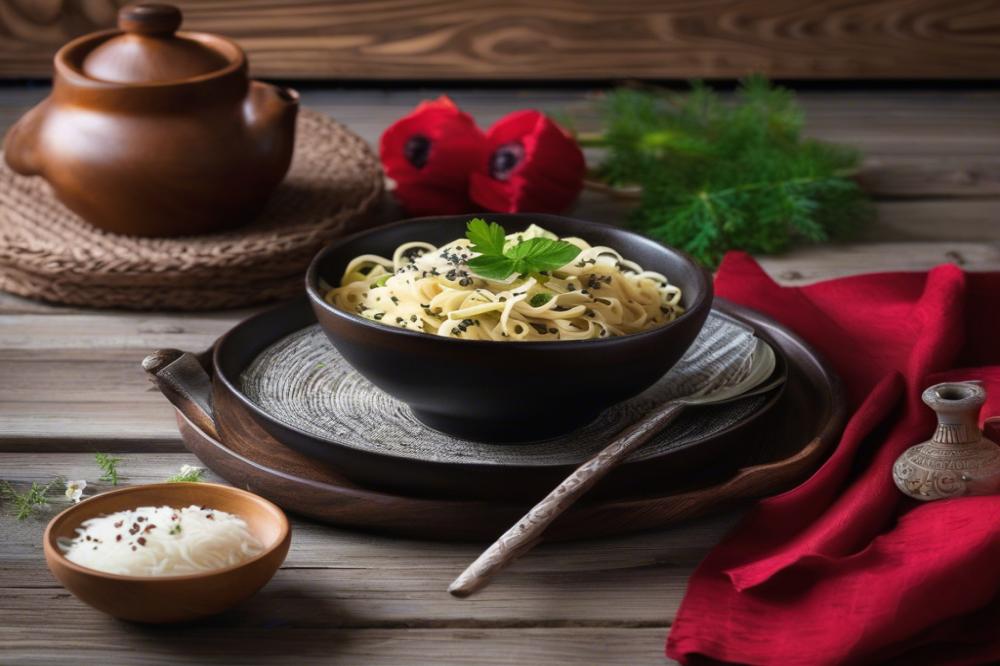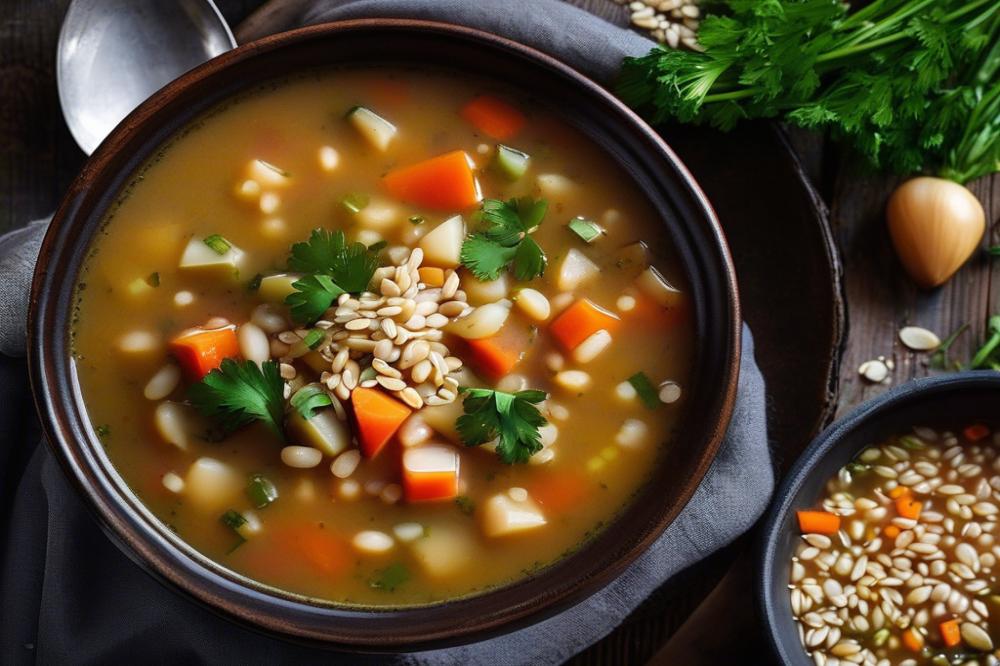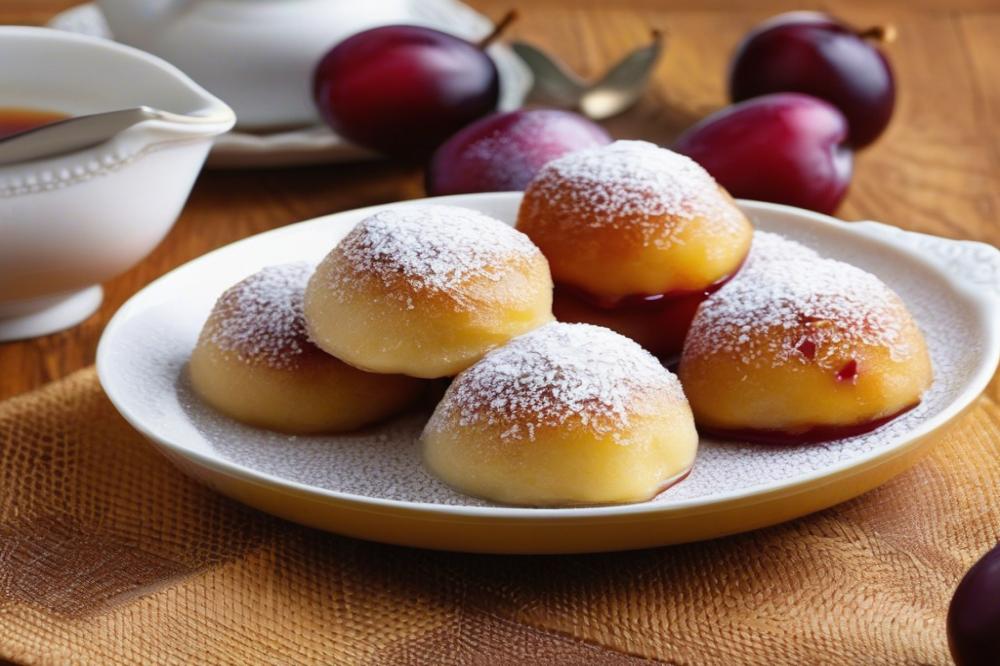Exploring Polish cuisine and Its Traditions
Polish cuisine offers a glimpse into a culture rich with history and traditions. Each dish tells a story, blending ingredients and flavors shaped by centuries of influence. At the heart of this culinary landscape is a variety of comfort foods that warm the soul, especially during festive seasons. Among these cherished dishes is a delightful recipe for sweet noodles known as Kluski z Makiem. This traditional Polish dish showcases the unique flavors and practices that have been passed down through generations.
Poppy seeds hold a special place in Polish culture. These tiny seeds symbolize good fortune and are often associated with holiday celebrations. Many families incorporate them into festive meals, particularly during Christmas Eve, when they serve food that is both symbolic and delicious. Polish Poppy Seed Noodles make a perfect addition to any holiday table, bridging the gap between history and modern culinary practices.
The love for poppy seeds goes beyond just a food choice; it is a connection to heritage and community. Recipes like Kluski z Makiem highlight how simple ingredients can create deep-rooted traditions. Families often prepare these dessert noodles together, sharing stories and laughter in the kitchen. Such moments transform cooking into something more than just following a list of instructions. They create bonds and foster a sense of belonging.
In conclusion, Polish Poppy Seed Noodles represent a beautiful intersection of culture, tradition, and delicious flavors. Their role in holiday festivities emphasizes the importance of food in celebrating the joys of life.
Kluski z Makiem: Ingredients and Cooking Instructions
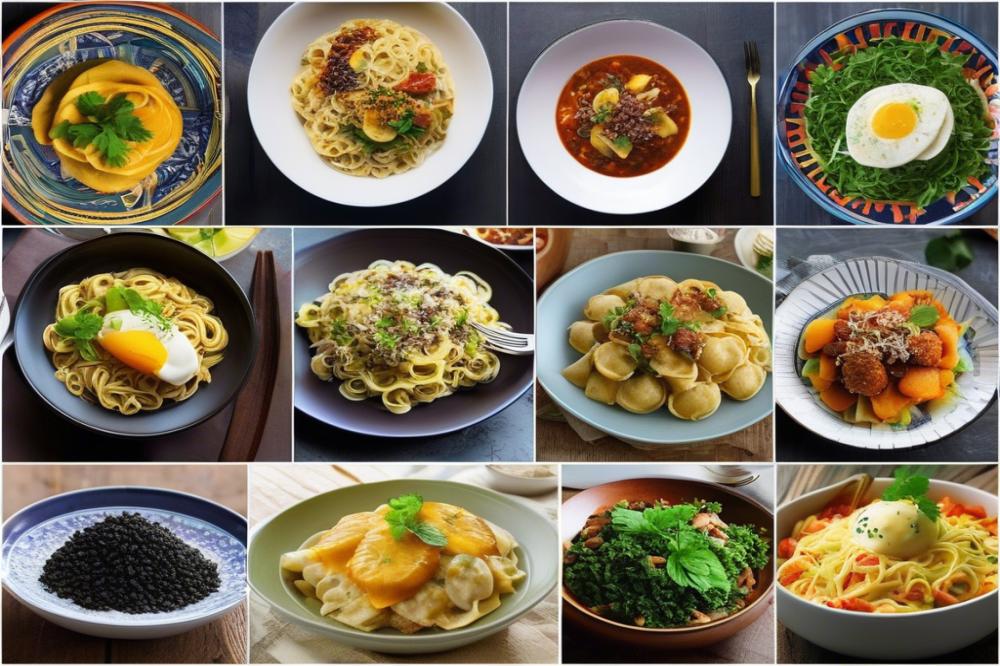
Creating a traditional Polish dish like Kluski z Makiem requires a few simple ingredients. Gather the following items to embark on this delightful culinary journey:
- 2 cups all-purpose flour
- 1 large egg
- 1/2 cup water
- 1/4 teaspoon salt
- 1 cup poppy seeds, ground
- 1/2 cup sugar
- 1/4 cup unsalted butter, melted
- 1/2 teaspoon vanilla extract
Nutritional information for each ingredient is essential for understanding your meal better. While the specifics can vary depending on exact brands and quantities, here’s a general overview:
- All-purpose flour (2 cups): approximately 910 calories
- Large egg (1): around 70 calories
- Water (1/2 cup): 0 calories
- Salt (1/4 teaspoon): negligible calories
- Ground poppy seeds (1 cup): about 570 calories
- Sugar (1/2 cup): approximately 387 calories
- Unsalted butter (1/4 cup): around 400 calories
- Vanilla extract (1/2 teaspoon): roughly 12 calories
Step-by-Step Cooking Instructions
Start by making the dough. In a large bowl, combine the flour and salt. Create a well in the center and add the egg and water. Mix until the dough forms a ball. Knead it on a floured surface for about five minutes until smooth.
Next, roll and cut the noodles. Use a rolling pin to flatten the dough. Aim for a thickness of about 1/8 inch. With a knife or pizza cutter, slice the dough into strips. These will become your delightful noodles for this unique noodle recipe.
It’s time to cook the noodles. Bring a large pot of salted water to a rapid boil. Carefully drop in the noodle strips. Cook them for about 3-4 minutes until they float to the surface. Drain the noodles and set them aside.
While the noodles are cooking, prepare the poppy seed mixture. In a skillet, combine the ground poppy seeds, sugar, melted butter, and vanilla extract. Stir until well mixed and heated through over low heat.
Finally, combine the noodles and poppy seed mixture. Gently fold the cooked noodles into the skillet. Toss them until they are evenly coated with the sweet poppy seed blend. This dish brings a comforting touch to any holiday food table and makes a wonderful dessert option.
The Cultural Significance of Kluski z Makiem
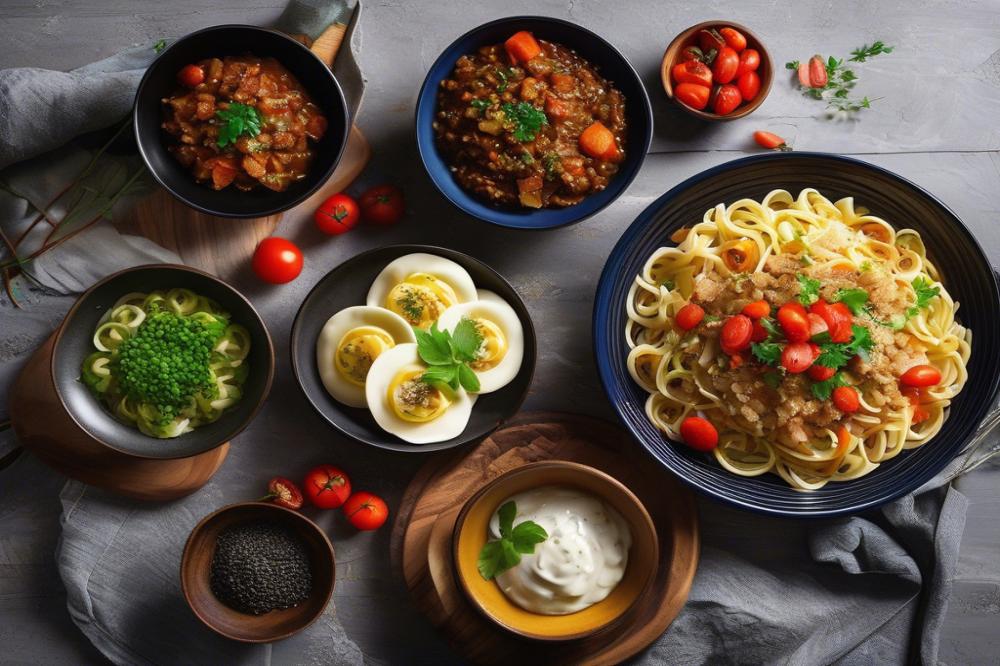
Kluski z Makiem holds a special place in Polish culture. These sweet noodles are often associated with various traditions and celebrations. During Christmas Eve, for instance, families serve this dish as part of the festive meal known as Wigilia. The meal is sacred, and the presence of poppy seeds symbolizes prosperity and hope for the future.
Historically, this dessert noodle recipe has roots that go deep into the past. Many believe that poppy seeds have been cultivated in Poland for centuries. They are not just an ingredient; they tell a story of perseverance and joy. Traditional Polish dishes like Kluski z Makiem highlight the importance of sharing food with loved ones. Recipes passed down through generations carry significant memories connected to family and home.
Family gatherings often revolve around shared meals, and Kluski z Makiem is usually a centerpiece. As the noodles are served, stories emerge, laughter fills the air, and connections are made. This holiday food takes on a meaning beyond taste. It represents unity and celebration among family members, near and far. Those who enjoy this dish often recall moments spent with grandparents and parents during festive seasons.
Comfort food like this draws people together. The preparation of the Kluski recipe can involve multiple generations. Grandchildren learn from their grandparents, preserving traditions. Sharing these sweet noodles during holidays connects families to their Polish heritage. When someone takes a bite of these rich flavors, they taste more than food; they experience history and love. Polish desserts, including Kluski z Makiem, embody nostalgia, bringing back cherished memories of times spent with family.
Variations of Kluski z Makiem
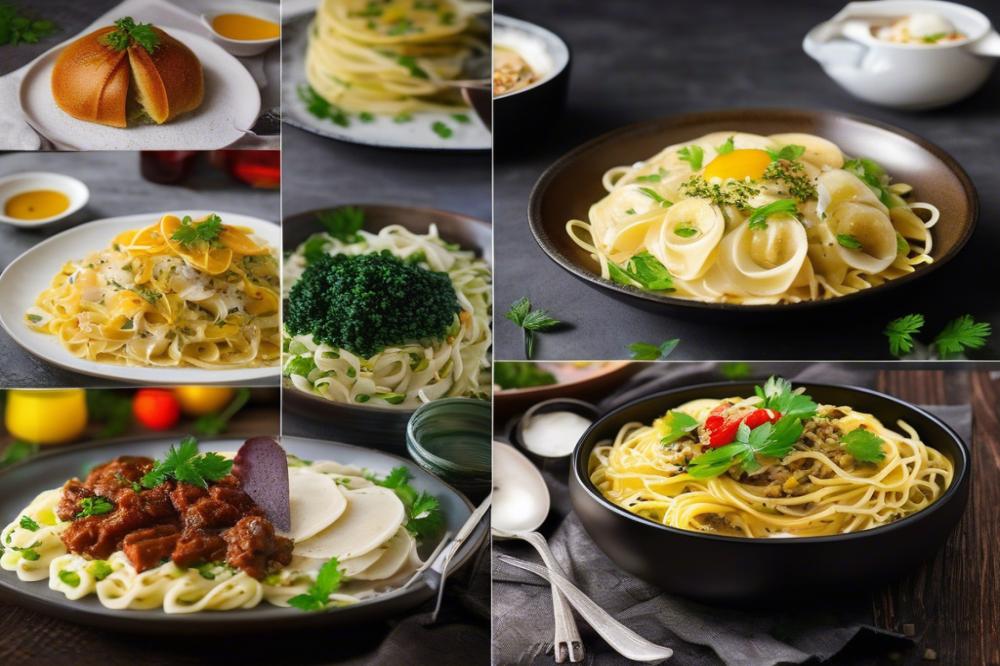
Polish cuisine offers several alternatives to the classic Kluski z Makiem. Different ingredients can cater to various dietary needs. For example, those who avoid gluten may substitute regular flour with a gluten-free blend. Using alternative milks, like almond or soy, is also a good choice for lactose-intolerant diners. Adjusting the amount of sugar or using a sugar substitute appeals to those watching their sugar intake.
Sweet Versus Savory Versions
A common point of discussion is whether this dish should lean toward sweet or savory. Many people enjoy the sweet noodles topped with poppy seeds and sugar, making it a delightful dessert. Others prefer the savory twist, incorporating ingredients such as sautéed onions or mushrooms. Some versions even add butter and fresh herbs for added flavor. These variations can change the dish from a dessert into a satisfying main dish.
Regional Variations Within Poland
Throughout Poland, regional differences emerge in preparation methods and ingredients. In some areas, the emphasis may be on richer sauces, while others focus on simplicity. In Greater Poland, you might find unique spices mixed into the poppy seed mixture. Meanwhile, Silesian cooks might use a heartier noodle recipe, creating a thicker and denser version of this traditional Polish dish.
During holidays, such as Christmas, families often incorporate Kluski as part of their celebratory meals. Each family adds their own twist, making it a perfect comfort food. The dish evolves with each household, yet remains a beloved staple in Polish desserts. Critics say it connects people to their roots, no matter what variation they choose.
Serving Suggestions and Pairings
Pairing Kluski z Makiem with the right sides can elevate the dish. Consider serving a fresh salad alongside it. A simple cucumber salad offers a refreshing contrast to the sweetness of the noodles. Adding some pickled beets can also complement the flavors nicely. These sides add texture and brightness to the meal.
When it comes to beverages, Polish cuisine has some excellent options. Hot tea is a traditional choice, especially during holidays. If you prefer something stronger, a glass of Polish vodka can be a perfect match. Beer is another popular option that balances the dish’s sweetness. A light lager could work well here.
Presentation Tips for Festive Occasions
Creating an appealing presentation makes any dish more inviting. For Kluski z Makiem, consider using a large, decorative serving bowl. Sprinkling additional poppy seeds on top adds visual interest. You could also garnish the noodles with chopped nuts, like walnuts or almonds, which adds texture. Serving the dish with a sprinkle of powdered sugar can enhance its visual allure.
During holiday celebrations, think about the table setting. Use festive tablecloths and colorful plates to create a cheerful atmosphere. Arrange the noodles carefully to highlight their unique texture. A sprig of mint or a slice of fruit can serve as a finishing touch, adding color.
Wrapping It Up
Kluski z Makiem holds a special place in Polish cuisine. This dish is not just nourishment; it reflects the cultural heritage and traditions of Poland. Enjoying it often brings back memories of family gatherings and festive occasions. Poppy seeds play a key role in the flavor and texture, making each bite a delightful experience.
Why not try making this dish at home? It’s a simple recipe that can be mastered with a little practice. Preparing it can be a fun activity for friends and family. Share it with loved ones, and you may create new traditions of your own around this beloved meal.
Exploring more traditional recipes can deepen your understanding of Polish culture. Each dish tells a story and showcases local ingredients and culinary techniques. By cooking these dishes, you connect with history and celebrate the vibrant flavors of Poland. So, roll up your sleeves and start your culinary journey with Kluski z Makiem and beyond!

